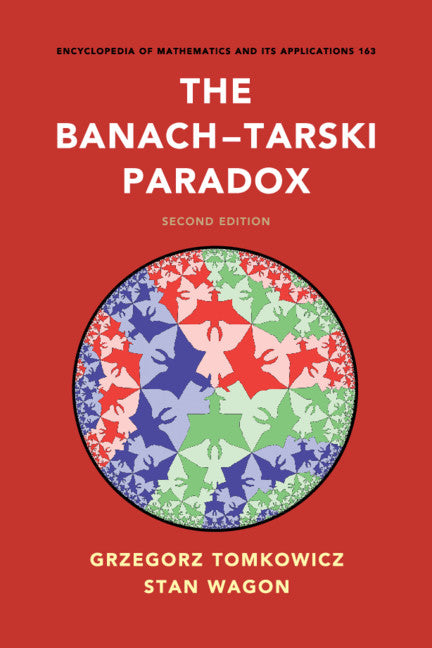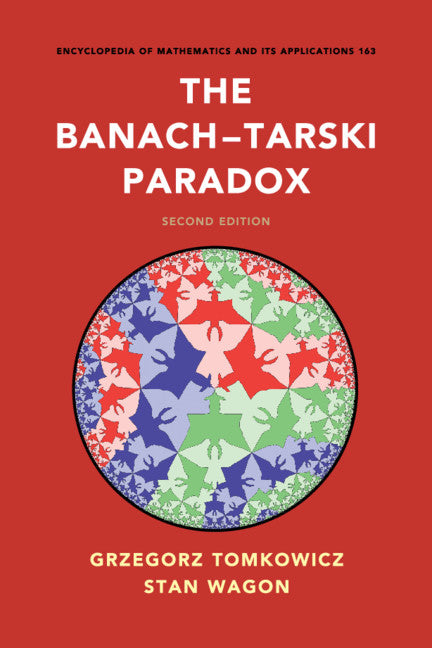Freshly Printed - allow 8 days lead
Couldn't load pickup availability
The Banach–Tarski Paradox
The Banach–Tarski Paradox seems patently false. The authors explain it and its implications in terms appropriate for an undergraduate.
Grzegorz Tomkowicz (Author), Stan Wagon (Author)
9781107617315, Cambridge University Press
Paperback / softback, published 19 September 2019
366 pages, 47 b/w illus. 6 colour illus.
23 x 15.3 x 2 cm, 0.6 kg
'For some people the book will be over by page 36, because by then one has seen full treatments of the results of Hausdor? and of Banach and Tarski. These people are short-sighted; there is much fascinating mathematics to be learned from the further developments. As the recent result of Marks and Unger shows, there is probably still much to discover. Indeed, the book contains some very interesting questions that still await solution.' Klaas Pieter Hart, Mathematical Reviews
The Banach–Tarski Paradox is a most striking mathematical construction: it asserts that a solid ball can be taken apart into finitely many pieces that can be rearranged using rigid motions to form a ball twice as large. This volume explores the consequences of the paradox for measure theory and its connections with group theory, geometry, set theory, and logic. This new edition of a classic book unifies contemporary research on the paradox. It has been updated with many new proofs and results, and discussions of the many problems that remain unsolved. Among the new results presented are several unusual paradoxes in the hyperbolic plane, one of which involves the shapes of Escher's famous 'Angel and Devils' woodcut. A new chapter is devoted to a complete proof of the remarkable result that the circle can be squared using set theory, a problem that had been open for over sixty years.
Part I. Paradoxical Decompositions, or the Nonexistence of Finitely Additive Measures: 1. Introduction
2. The Hausdorff paradox
3. The Banach–Tarski paradox: duplicating spheres and balls
4. Hyperbolic paradoxes
5. Locally commutative actions: minimizing the number of pieces in a paradoxical decomposition
6. Higher dimensions
7. Free groups of large rank: getting a continuum of spheres from one
8. Paradoxes in low dimensions
9. Squaring the circle
10. The semigroup of equidecomposability types
Part II: Finitely Additive Measures, or the Nonexistence of Paradoxical Decompositions: 11. Transition
12. Measures in groups
13. Applications of amenability
14. Growth conditions in groups and supramenability
15. The role of the axiom of choice.
Subject Areas: Calculus & mathematical analysis [PBK]


